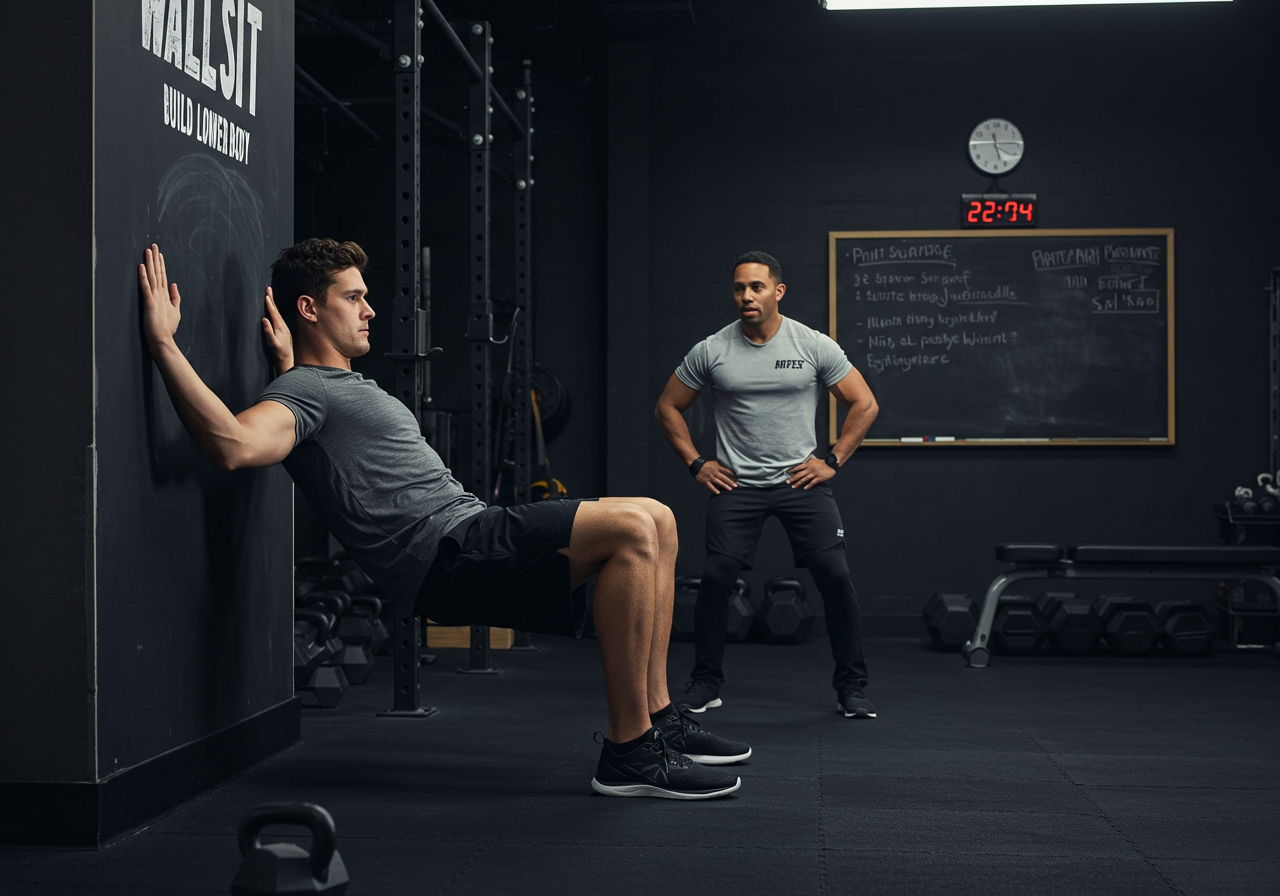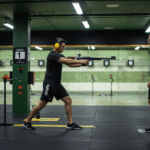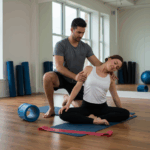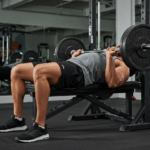Wall-Sit Centered Lower-Body System

Build a simple, powerful system around the wall sit
The wall sit develops lower-body endurance with minimal equipment. It trains quads, glutes, and core without spinal load.
I use wall sits to anchor leg days. They teach position, tension, and mental grit quickly.
We pair wall sits with dynamic lifts. Squats, split squats, and hip hinges build movement strength across ranges.
We keep sessions short for beginners. We still progress weekly using time targets and smart accessories.
| Day | Focus | Main Work | Accessory |
|---|---|---|---|
| A | Endurance + Position | Wall sit clusters | Glute bridge, calf raises |
| B | Strength | Goblet squat or leg press | Split squats, planks |
| C | Capacity | Wall sit intervals | Hamstring curls, band walks |
The seat height controls difficulty. Lower hips make the hold harder. We start conservative.
My first-time beginners average 20–45 seconds. That is a fine starting point.
Progressions and Overload for Every Level

Progress wall sits safely and measurably
We overload isometrics by time, angle, load, density, and complexity.
| Level | Setup | Target | Rest |
|---|---|---|---|
| Beginner | Hips slightly above knees | 3 x 20–30s | 60–90s |
| Intermediate | Hips at knee height | 4 x 40–60s | 60s |
| Advanced | Hips at knee height + plate on lap | 5 x 45–75s | 45–60s |
We pair holds with strength moves to reinforce patterning and capacity.
| Exercise | Sets x Reps | Tempo | Notes |
|---|---|---|---|
| Goblet squat | 3 x 8–10 | 3–1–1 | Pause at parallel |
| Walking lunge | 3 x 10/leg | Controlled | Upright torso |
| Hamstring curl | 3 x 12 | 2–0–2 | Balance quads |
I add load only after 60-second holds feel stable. I progress slowly for longevity.
Week-by-Week Execution and Tracking

Follow a clear six-week plan you can track
I run this plan with beginners often. It works well.
| Week | Wall Sit Plan | Strength Pair | Optional Cardio |
|---|---|---|---|
| 1 | 3 x 20–30s, 90s rest | Goblet squat 3×8 | Zone 2 x 20 min |
| 2 | 3 x 30–40s, 75s rest | Lunge 3×10/leg | Zone 2 x 25 min |
| 3 | 4 x 40s, 60s rest | Hip hinge 3×10 | Zone 2 x 25–30 min |
| 4 | 4 x 45–55s, 60s rest | Split squat 3×10/leg | Zone 2 x 30 min |
| 5 | 5 x 45–60s, 50s rest | Leg press 3×12 | Zone 2 x 30–35 min |
| 6 | Test: Max wall sit | Light technique work | Easy 20 min |
I time sets using a Garmin watch. I log notes in the Garmin app.
For nutrition tracking, my clients like MyFitnessPal. The food database is large and fast.
I aim for 120–140 bpm on Zone 2 days. I keep breathing relaxed and nasal.
Links I use: garmin.com, myfitnesspal.com, acsm.org.
Recovery, Fuel, and Troubleshooting

Recover smarter to unlock faster wall sit gains
Recovery drives progress. I plan it deliberately.
Beginners progress well at maintenance calories. A small deficit is fine for fat loss.
| Goal | Calories | Notes |
|---|---|---|
| Fat loss | -300 to -500/day | Keep protein high |
| Maintenance | TDEE ±100 | Great for beginners |
| Muscle gain | +200 to +300/day | Add carbs around training |
I sleep 7.5–9 hours on training blocks. My clients perform better with consistent bedtimes.
Supplements I use: creatine 3–5 g daily, caffeine 3 mg/kg pre-workout. I skip fancy blends.
Mobility keeps the position comfortable. I do these moves after lifting.
| Drill | Time | Purpose |
|---|---|---|
| Couch stretch | 2 x 45s/side | Hip flexor relief |
| Ankle dorsiflexion rocks | 1–2 min | Improve knee tracking |
| Quad foam roll | 2 min | Reduce tightness |
Plateaus happen. I add a deload every fourth week for tough responders.
Deload plan: reduce volume by 30–40%. Keep light technique work and short holds.
Proof and Performance Analysis

Track wins and confirm progress with data
I measure results to validate the method. Numbers guide decisions.
| Person | Start | 6–8 Weeks | Notes |
|---|---|---|---|
| Me | Wall sit 2:10 | Wall sit 4:35 | Front squat +12% |
| Sara M. | 35s hold | 2:20 hold | Stairs pain reduced |
| Luis R. | 1:05 hold | 3:05 hold | 5k time -38s |
My Garmin tracked average 118–132 bpm during EMOMs. The breathing stayed calm and steady.
Clients used MyFitnessPal to hit protein goals. Adherence improved consistency by week three.
HIIT finisher days trimmed fat faster than steady cycling for most clients. We still kept Zone 2.
I retest max wall sit at week six. I also record RPE and knee comfort notes.






